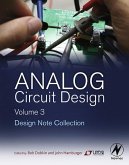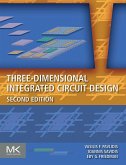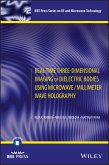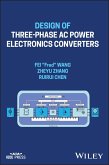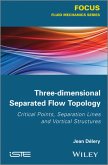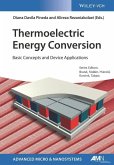Thermoelectric materials may be used for solid state refrigeration or power generation applications via the large Peltier effect in these materials. To be an effective thermoelectric material, a material must possess a large Seebeck coefficient, a low resistivity and a low thermal conductivity. Due to increased need for alternative energy sources providing environmentally friendly refrigeration and power generation, thermoelectric materials research experienced a rebirth in the mid 1990's. Semiconductors and Semimetals, Volume 71: Recent Trends in Thermoelectric Materials Research: Part Three provides an overview of much of this research in thermoelectric materials during the decade of the 1990's. New materials and new material concepts such as quantum well and superlattice structures gave hope to the possibilities that might be achieved. An effort was made to focus on these new materials and not on materials such as BiTe alloys, since such recent reviews are available. Experts in the field who were active researchers during this period were the primary authors to this series of review articles. This is the most complete collection of review articles that are primarily focussed on new materials and new concepts that is existence to date.
Dieser Download kann aus rechtlichen Gründen nur mit Rechnungsadresse in A, B, BG, CY, CZ, D, DK, EW, E, FIN, F, GR, HR, H, IRL, I, LT, L, LR, M, NL, PL, P, R, S, SLO, SK ausgeliefert werden.



